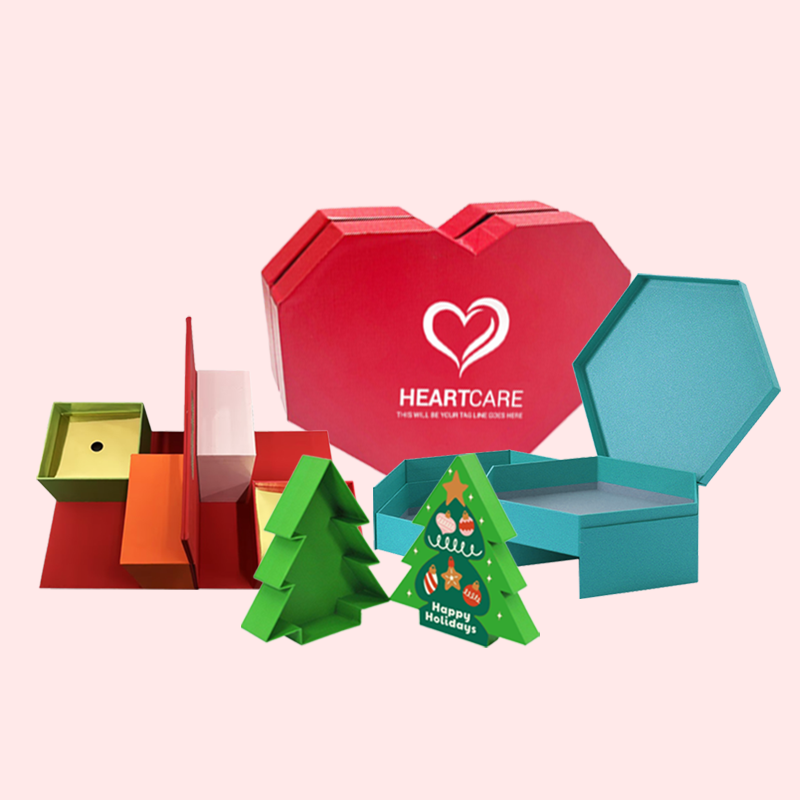Struggling to justify the cost of premium packaging? You worry it's an expense that doesn't pay off, leaving your great product unnoticed on the shelf.
Yes, luxury packaging is absolutely worth the investment. It creates a memorable unboxing experience, communicates your brand's value, and better protects your product. Options like rigid and magnetic boxes elevate your brand's perception and can directly lead to increased customer loyalty and sales.
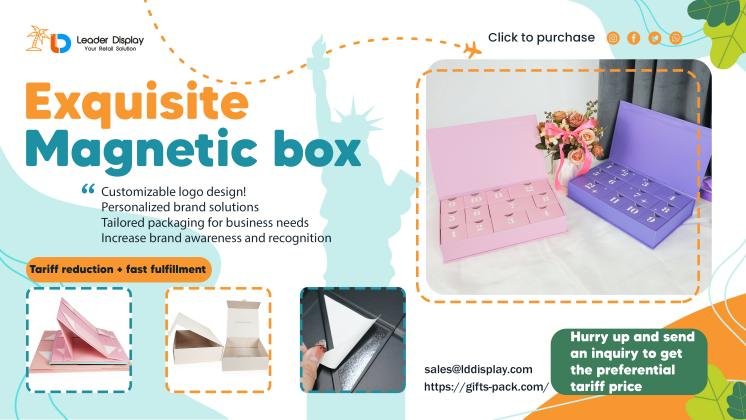
I’ve spent more than 16 years in this industry. I've seen it all, from simple folding cartons to the most intricate rigid box designs. Time and again, I’ve watched clients transform their brand perception simply by upgrading their packaging. The box isn't just a container; it's the first handshake with your customer. Let's explore why this investment can be one of the smartest moves you make for your brand. This journey will help you understand the real value packed inside a great box.
Why is luxury packaging important?
Does your current packaging get tossed aside without a second thought? It feels like a missed opportunity to connect with your customer, failing to build any real brand loyalty.
Luxury packaging is crucial because it creates the first physical impression of your brand. It elevates the perceived value of the product inside, enhances the customer's unboxing experience, and encourages them to share it on social media, acting as free marketing.
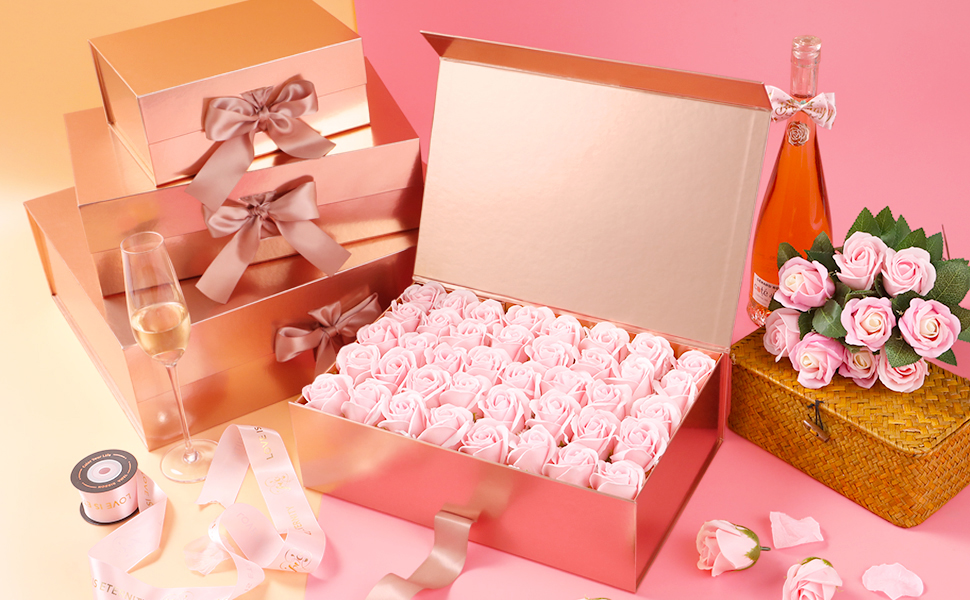
In my experience, luxury packaging1 does more than just hold a product. It tells a story. When a customer receives a product in a sturdy, well-designed box, it sends a clear message about the quality within. Let's break down why this matters so much.
Creating an Experience
The unboxing has become a key part of the product experience. A luxury box, especially one with a magnetic closure or a perfectly fitted lid, turns opening a package into a small ceremony. I remember working with a high-end candle company. They switched from a standard tuck-end box to a two-piece rigid box with a custom foam insert2. Their social media mentions skyrocketed. Customers weren't just showing the candle; they were filming the entire process of opening the box. That tactile experience of lifting the heavy lid creates a moment of anticipation and delight that a flimsy box just can't replicate.
Communicating Quality
Your packaging communicates your product's quality before the customer even touches the item itself. Think about it. If you sell a premium product3 but ship it in a cheap, generic box, it creates a disconnect. The customer might even question their purchase. A solid, premium box reinforces their decision and validates the price they paid. It silently says, "What's inside is just as good."
What are the disadvantages of rigid boxes?
Thinking about using rigid boxes for your products? You're likely worried about the higher costs and potential shipping challenges4, making you hesitant to commit to this premium option.
The main disadvantages of rigid boxes are their higher production cost compared to folding cartons and their logistical challenges. Since they don't ship flat, they take up significantly more space in warehousing and shipping, increasing overall costs.
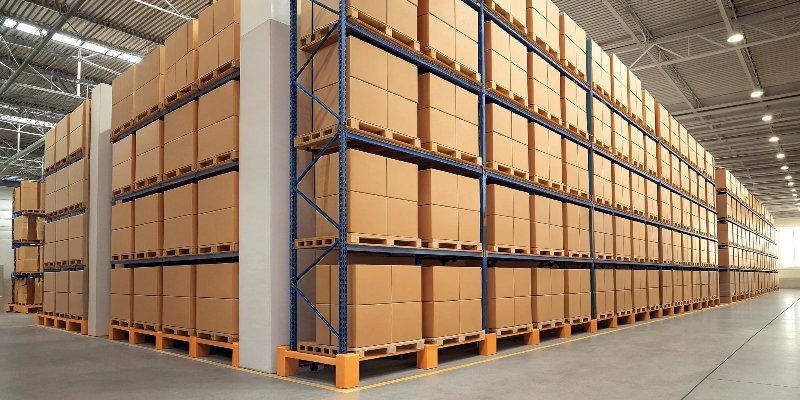
While rigid boxes are fantastic for creating a premium feel, they aren't the right choice for every situation. It's important to be aware of the trade-offs. I always advise my clients to look at the full picture before they make a final decision. The box has to work for your brand, your product, and your budget.
The Cost Factor
There's no getting around it: rigid boxes cost more to produce. They are made from thick, heavy-duty chipboard wrapped in paper or other materials. The process is more labor-intensive and uses more substantial materials than making a simple folding carton. This upfront cost is a major consideration, especially for startups or products with tighter margins. You have to be confident that the boost in perceived value will translate into sales that justify the higher packaging expense.
Storage and Shipping Logistics
This is often the hidden cost that catches people by surprise. Folding cartons are shipped flat, which is incredibly efficient. You can store thousands of them in a very small space. Rigid boxes, on the other hand, are delivered fully assembled. They are mostly air. This means they require much more space in your warehouse and cost more to ship from our factory to you, and from you to your customer. I once had a client who was all-in on a beautiful rigid box design until we calculated the sea freight costs. We had to pivot to a collapsible rigid box design to make the project financially viable.
What are the benefits of custom two piece rigid boxes?
Is your standard box failing to impress your customers? You want a premium feel but need something classic and reliable, worrying that other options are too complicated or trendy.
Custom two-piece rigid boxes5 offer a classic, high-end presentation with excellent structural strength. Their "lift-off" lid design creates a powerful moment of anticipation, enhancing the unboxing experience6 while keeping the product inside extremely secure.
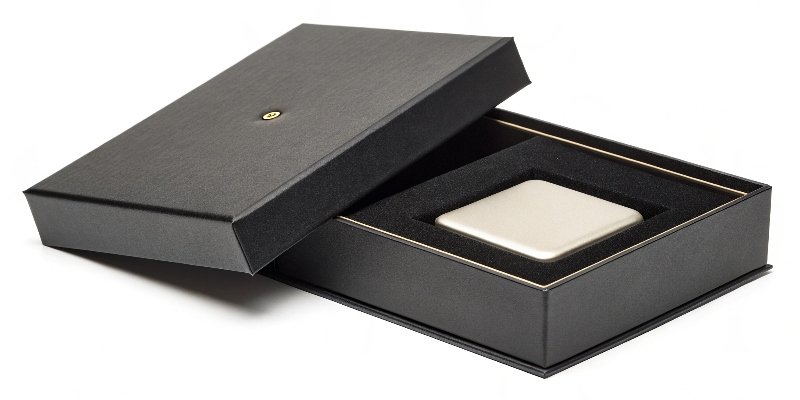
The two-piece rigid box, often called a "lid-and-base" box, is a timeless classic for a reason. When people think of luxury packaging1, this is often the style that comes to mind—think of the box for a new iPhone or a fancy watch. In my 16 years, I’ve seen this style work for countless industries, from cosmetics and jewelry to high-end electronics and gourmet foods. Its benefits are rooted in its simple, elegant, and strong design.
The Classic Unveiling
The act of lifting the lid off a two-piece box is powerful. It’s a deliberate, two-handed motion that builds suspense and reveals the product slowly. This reveal is a core part of the unboxing experience6. I worked with a jewelry designer who switched from pouches to small, custom two-piece boxes. She told me her customers felt like they were opening a true treasure chest. That feeling is invaluable because it creates a strong emotional connection7 to the brand.
Superior Protection and Durability
Because they are made from thick chipboard, these boxes are incredibly strong and rigid. They don’t easily crush or bend, providing excellent protection for delicate or valuable items inside. The full-depth lid adds a double wall of protection on all sides. This durability also means the box is often kept and reused by the customer, keeping your brand in their home long after the purchase. It becomes a keepsake box8 for photos or trinkets, providing continuous brand exposure9.
What is the difference between a rigid box and a folding box10?
Confused about which box type is right for your product? The choice seems complicated, and you're afraid of picking one that doesn't fit your brand, your budget, or your operational needs.
A rigid box is a premium, three-dimensional box made from thick, non-collapsible chipboard that arrives pre-assembled and ready to use. In contrast, a folding box is made from thinner paperboard that ships flat and must be assembled before use.
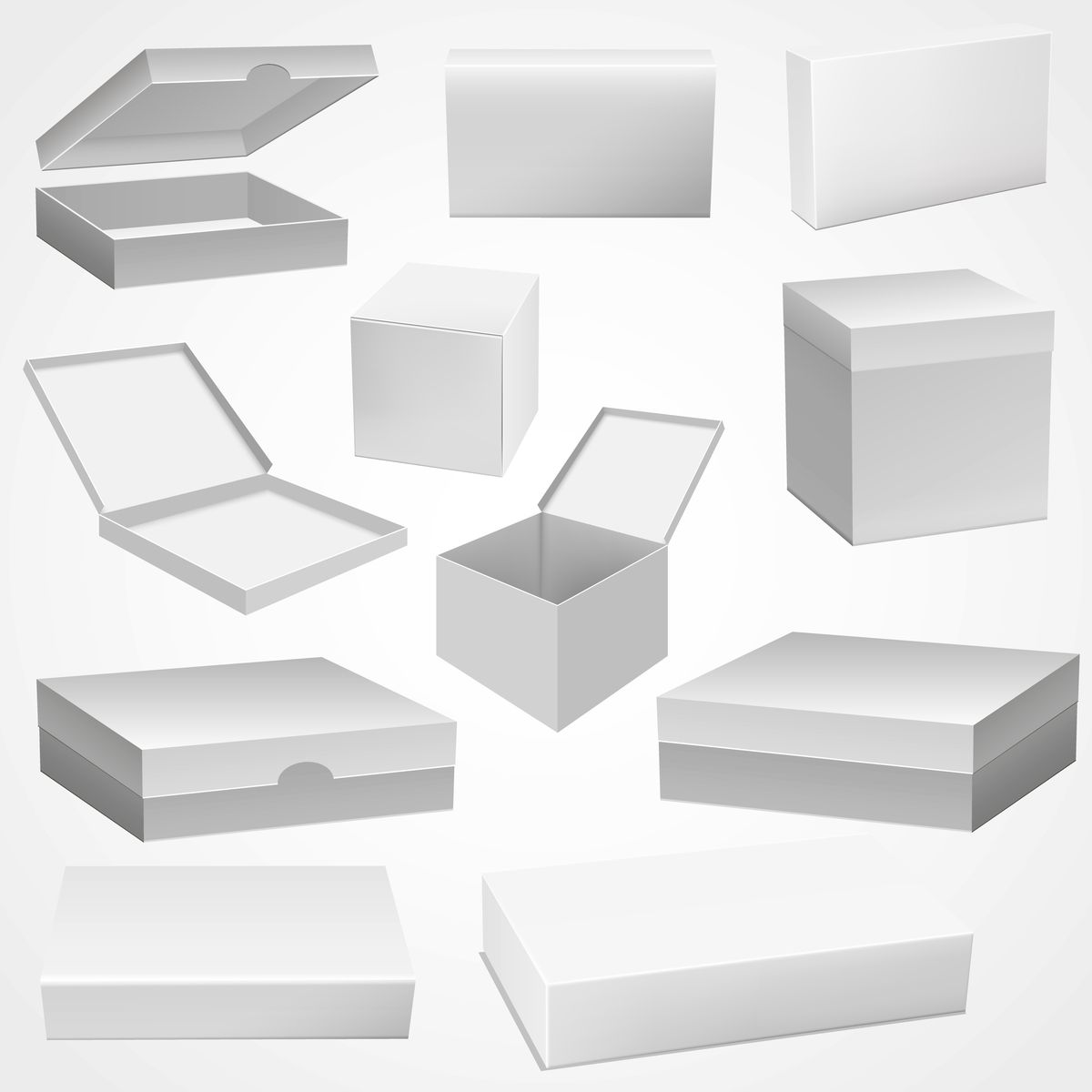
This is one of the most fundamental questions in packaging, and the answer affects everything from your budget to your brand's image. I’ve seen clients thrive with both options, but the key is choosing the right one for the job. Let’s break down the key differences to make the decision clearer. One is about delivering a premium experience right out of the gate, while the other is focused on efficiency and practicality. Neither is better than the other; they just serve different purposes. Your product, brand, and customer expectations11 will tell you which one is the right fit.
Here's a simple table to compare them directly:
| Feature | Rigid Box (Luxury Box) | Folding Box (Carton) |
|---|---|---|
| Material | Thick chipboard (1-3mm), wrapped in paper or fabric. Very sturdy. | Thinner paperboard (e.g., SBS, C1S). Flexible and lightweight. |
| Construction | Arrives fully assembled and rigid. Cannot be collapsed. | Ships flat and requires assembly (tucking, gluing). |
| Perceived Value | High. Associated with luxury, premium product3s, and gifting. | Medium to Low. Seen as standard, everyday retail packaging. |
| Protection | Excellent. The thick, rigid walls provide superior product protection. | Good. Protects against scratches and dust, but offers limited impact resistance. |
| Shipping & Storage | Takes up a lot of space. Higher freight and warehousing costs. | Very efficient. Ships and stores flat, saving on space and cost. |
| Cost | Significantly higher per unit due to materials and labor. | Low cost per unit. Ideal for mass-market products. |
| Best For | High-end electronics, jewelry, cosmetics, luxury gifts12, marketing kits. | Food, pharmaceuticals, software, most general retail products. |
Conclusion
Ultimately, investing in luxury packaging1 like rigid boxes elevates your brand. It creates a memorable experience that justifies the cost and helps your product stand out from the competition.
-
Explore how luxury packaging enhances brand perception and customer experience. ↩ ↩ ↩
-
Find out how custom foam inserts protect products and improve the unboxing experience. ↩
-
Understand the characteristics that make a product premium and how packaging plays a role. ↩ ↩
-
Get insights into the logistical issues associated with shipping rigid boxes. ↩
-
Discover how two-piece rigid boxes can elevate your product presentation and customer experience. ↩
-
Learn about the psychological impact of unboxing on customer satisfaction and brand loyalty. ↩ ↩
-
Discover the role of packaging in building emotional ties between brands and consumers. ↩
-
Learn how keepsake boxes can provide ongoing brand exposure and customer loyalty. ↩
-
Learn how effective packaging can keep your brand in customers' minds long after purchase. ↩
-
Understand the key differences between rigid and folding boxes to make informed packaging choices. ↩
-
Understand how to align your packaging with customer expectations for better satisfaction. ↩
-
Explore strategies for creating memorable packaging for luxury gift items. ↩


